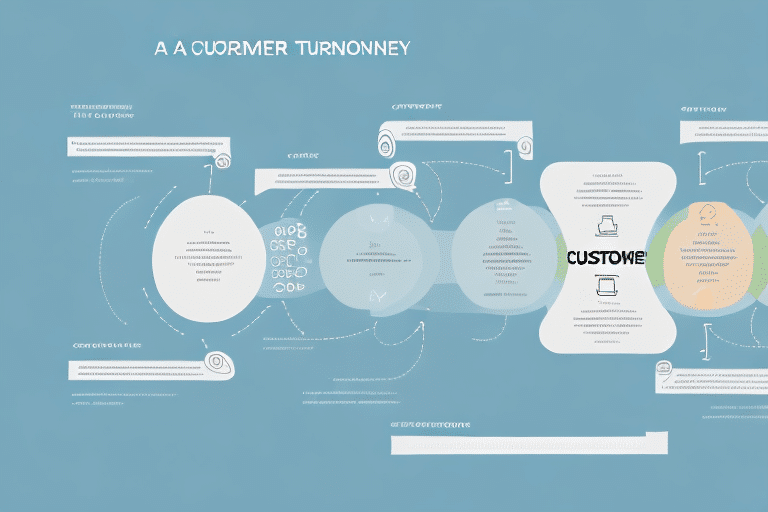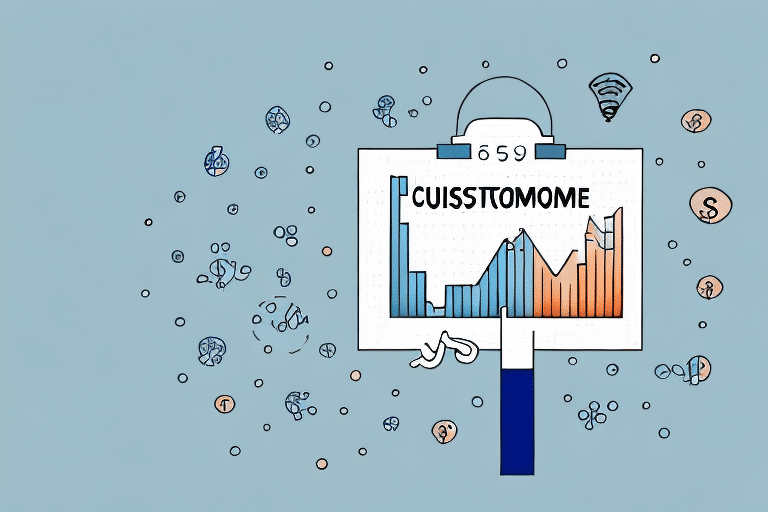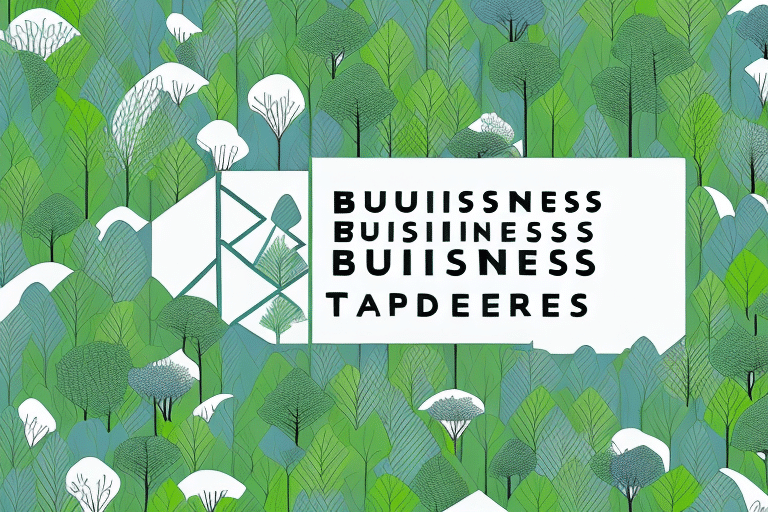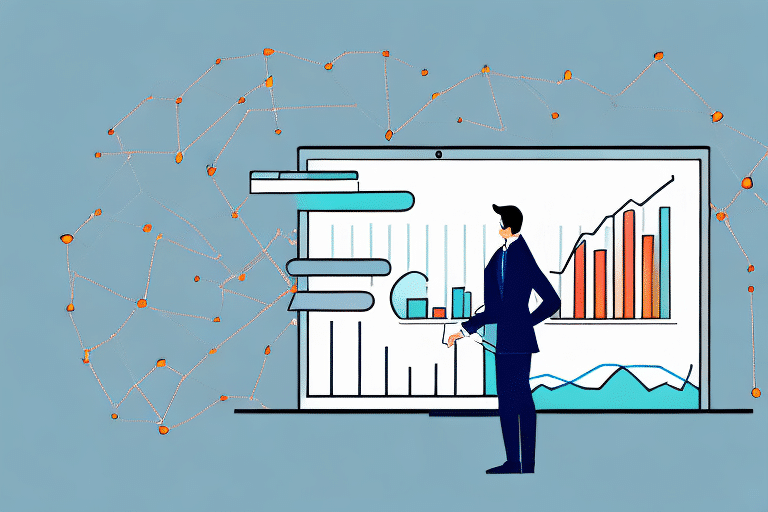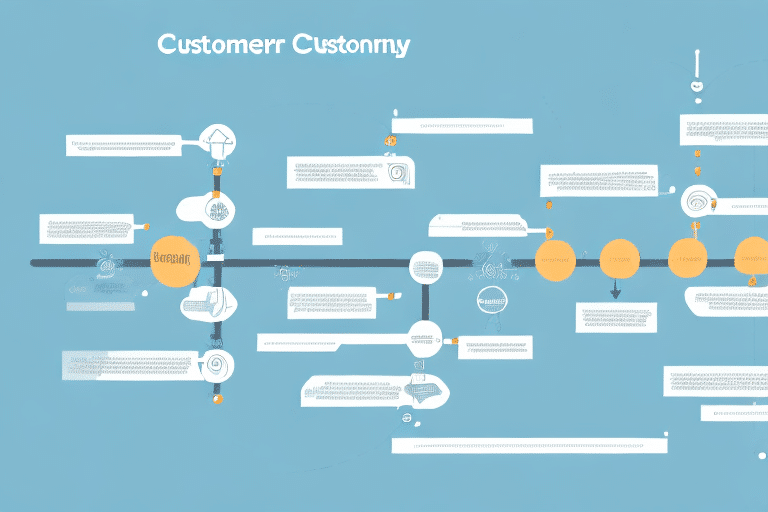Why Customer Retention is Vital for Business Success
Customer retention refers to a company's ability to retain its customers over time. It's a critical component of long-term business success for several reasons:
Enhancing Profitability
According to a study by Harvard Business Review, increasing customer retention rates by just 5% can boost profits by 25% to 95%. Retaining existing customers is more cost-effective than acquiring new ones, as it reduces marketing and sales expenses.
Building Brand Loyalty
Consistently satisfying existing customers fosters brand loyalty. Loyal customers are more likely to make repeat purchases, refer others, and provide valuable feedback. This loyalty not only stabilizes revenue but also strengthens the brand's reputation in the market.
Gathering Valuable Insights
Engaged customers provide ongoing feedback and insights into product performance and market needs. This information helps businesses refine their offerings, address pain points, and innovate effectively.
Essential Skills for Customer Retention Specialists
To excel as a customer retention specialist, a specific set of skills is essential:
Customer Service Excellence
Delivering exceptional customer service is fundamental. Specialists must adeptly handle inquiries, complaints, and feedback, ensuring a positive customer experience.
Analytical Abilities
Analyzing customer data and feedback to identify trends and issues is crucial. This enables the development of targeted strategies to enhance retention.
Effective Communication
Strong verbal and written communication skills facilitate clear interactions with customers and internal stakeholders, ensuring that retention strategies are understood and implemented effectively.
Interpersonal Skills
Building and maintaining relationships with customers requires empathy, active listening, and trust-building capabilities.
Adaptability
The ability to adapt to changing business environments and customer preferences is vital for developing responsive and effective retention strategies.
Understanding Customer Psychology and Behavior
Grasping the psychological factors that influence customer loyalty is essential for creating effective retention programs:
- Consistency: Providing a reliable and consistent experience builds trust and encourages repeat business.
- Personalized Communication: Tailored interactions make customers feel valued and understood, fostering loyalty.
- Rewards and Incentives: Loyalty programs and incentives can motivate customers to continue engaging with the business.
Developing an Effective Customer Retention Strategy
A robust customer retention strategy involves several key steps:
- Identify Customer Pain Points: Understanding and addressing the challenges that lead to customer churn is fundamental.
- Set Clear Retention Goals: Establish measurable objectives that align with overall business goals.
- Map the Customer Journey: Analyzing each touchpoint helps identify opportunities for enhancing the customer experience.
- Create a Proactive Feedback Loop: Regularly solicit and act on customer feedback to continuously improve retention efforts.
Building and Maintaining Strong Customer Relationships
Strong relationships are the bedrock of customer retention. Here are some strategies to foster these relationships:
- Personalization: Customize interactions based on customer preferences and history to make them feel valued.
- Be Responsive: Promptly address inquiries and resolve issues to demonstrate reliability and care.
- Create Value: Consistently offer high-quality products and services, and look for ways to exceed customer expectations.
Measuring and Analyzing Retention Metrics
Understanding key metrics is crucial for evaluating the effectiveness of retention strategies:
- Customer Churn Rate: The percentage of customers who discontinue their relationship with the business over a specific period.
- Customer Lifetime Value (CLV): The total revenue a business can expect from a single customer account throughout the business relationship.
- Customer Satisfaction Score (CSAT): A measure of how satisfied customers are with a company's products or services.
Regularly monitoring these metrics allows businesses to identify trends, measure the impact of retention initiatives, and make data-driven decisions.
Leveraging Technology for Customer Retention
Technology plays a pivotal role in enhancing customer retention efforts:
- Customer Relationship Management (CRM) Software: Tools like Salesforce help track customer interactions and manage relationships effectively.
- Data Analytics: Platforms such as Tableau enable businesses to analyze customer data and glean actionable insights.
- Automated Communications: Marketing automation tools like Mailchimp facilitate personalized and timely communications with customers.
Overcoming Common Challenges in Customer Retention
Customer retention specialists often face various challenges, which can be mitigated with strategic approaches:
- Complacency: Continuously evaluate and enhance retention strategies to prevent stagnation.
- Implementing Change: Develop a clear implementation plan and secure stakeholder buy-in to effectively introduce necessary changes.
- Cultural Resistance: Foster a customer-centric culture by promoting the value of retention across all organizational levels.
The Future of Customer Retention: Emerging Trends
Staying ahead of trends is essential for maintaining effective retention strategies:
- Advanced Personalization: Utilizing AI and machine learning to offer highly personalized customer experiences.
- Omnichannel Engagement: Providing seamless interactions across multiple channels to meet customers where they are.
- Predictive Analytics: Leveraging data to anticipate customer needs and proactively address potential churn.
Success Stories: Companies Excelling in Customer Retention
Examining real-world examples can provide valuable insights into effective retention strategies:
- Zappos: Renowned for its exceptional customer service and hassle-free return policy, Zappos prioritizes customer satisfaction, which fosters loyalty and repeat business.
- Starbucks: Through its comprehensive rewards program and personalized offers, Starbucks effectively engages and retains its customer base.
- Amazon: Amazon leverages personalized recommendations and a customer-friendly interface to maintain high levels of customer engagement and retention.
Career Opportunities and Training for Customer Retention Specialists
A career in customer retention offers diverse opportunities and pathways:
Job Titles and Roles
- Customer Retention Manager: Develops and implements strategies to enhance customer loyalty and reduce churn.
- Customer Success Manager: Ensures customers achieve their desired outcomes, fostering long-term relationships.
- Retention Marketing Manager: Designs and executes marketing campaigns aimed at retaining and engaging customers.
Training and Education Resources
- Courses and Certifications: Platforms like Coursera and Udemy offer specialized courses in customer retention and relationship management.
- Books and Articles: Reading materials such as "The Loyalty Leap" by Bryan Pearson provide in-depth knowledge and strategies.
- Networking and Industry Events: Participating in events like the Customer Experience MBA can offer valuable insights and professional connections.
Investing in education and skill development is crucial for those aspiring to excel in the field of customer retention.

